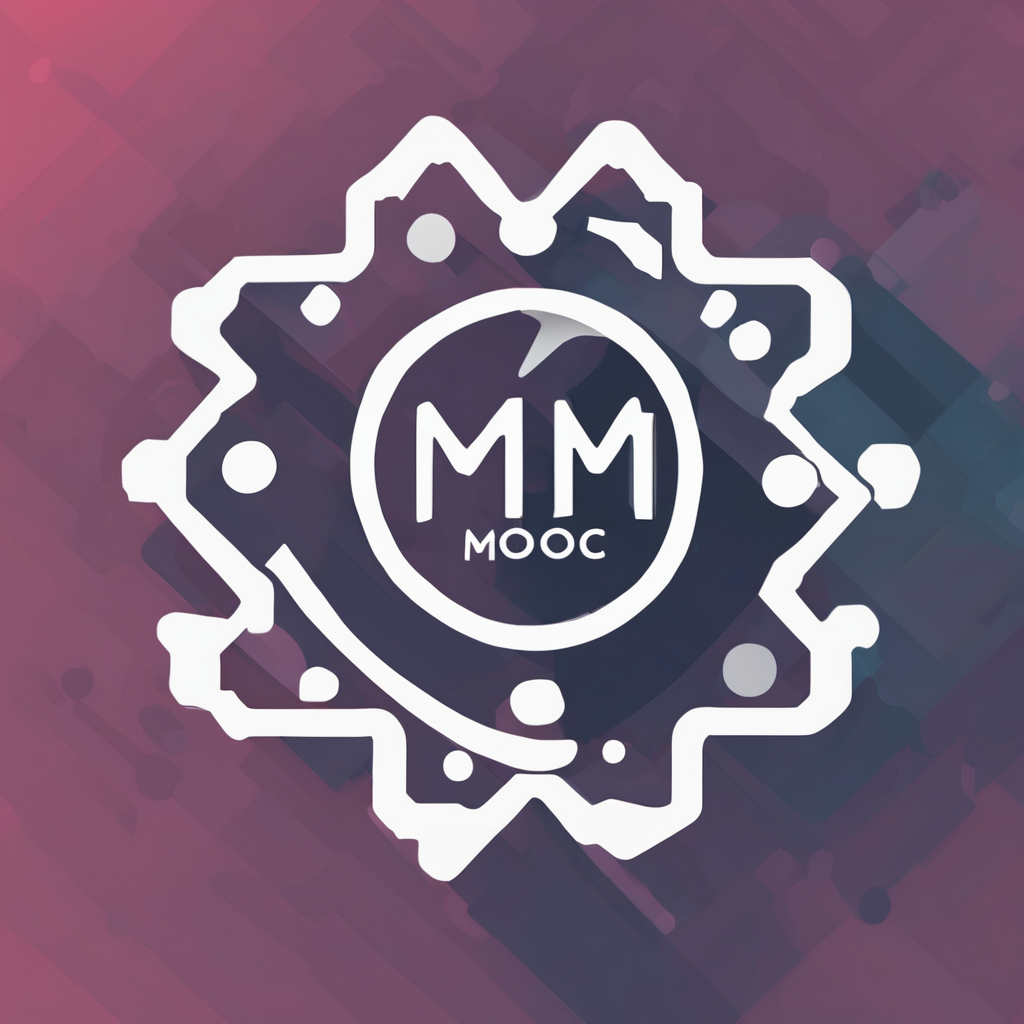Smart Product Lifecycle Management (PLM) software transforms how businesses develop and deliver products. By centralizing data and streamlining cross-team collaboration, these tools reduce costly errors and speed innovation. From engineering to supply chain, choosing the right PLM system boosts efficiency, maintains version control, and ensures seamless coordination throughout a product’s entire lifecycle. Discover how smart PLM solutions drive business success.
Overview of Product Lifecycle Management Software Features and Benefits
PLM software centralizes data, streamlines workflows, and automates key processes, providing a cohesive approach to managing products from conception to retirement. This integration reduces errors and enhances collaboration across departments, ensuring team synchronization—an essential aspect highlighted in the review summaries and real-world cases.
This might interest you : How is the UK enhancing cybersecurity with high-tech solutions?
Traceability and compliance management help organizations meet regulatory standards efficiently by automating documentation and tracking every part throughout the cycle. These features guard against costly delays and quality issues, aligning with the benefits discussed in recent industry reports.
The advantages extend to product innovation and cost reduction, where advanced tools incorporate customer feedback, accelerate time-to-market, and optimize supply chain and manufacturing processes. Solutions such as cloud-based platforms and lifecycle automation support flexibility and scalability, vital for fast-paced markets.
Additional reading : How is the UK enhancing cybersecurity with high-tech solutions?
Choosing the right PLM system depends on company size, industry, and specific needs. Leading options, like enterprise solutions, often feature seamless CAD integration, real-time data access, and role-based security. Incorporating AI and IoT further enhances lifecycle tracking and risk mitigation.
For those exploring top options, Access now to detailed resources and vendor comparisons, ensuring an informed decision on implementing a future-proof PLM solution. You can view more details on this page: Access now.
Key Features of Leading PLM Software Solutions
Lifecycle management tools are at the heart of effective product lifecycle strategies. Core functions such as version control and change management ensure revisions are accurately tracked—minimizing risks of overlooked product updates. Integration of product data management with critical systems like CAD and ERP unifies information, delivering seamless digital product development. Workflow automation further strengthens the new product introduction process, by standardizing design, approval, and release, boosting the impact of product lifecycle automation.
Modules for product documentation management support compliance with evolving standards and empower quality management in product development. As organizations push for manufacturing process optimization, these tools also provide lifecycle analytics and reporting that facilitate data-driven decisions and lifecycle cost analysis for sustained value.
Wrike for Lifecycle Dashboard and Project Oversight
Wrike excels in cloud-based lifecycle solutions, giving clear oversight across product development lifecycle stages. Its integration with agile project management tools promotes collaboration software for product teams, ensuring smooth cross-functional team collaboration and instantaneous roadmap planning with lifecycle management.
Jira Service Management for Software Development Lifecycle
Jira Service Management optimizes software configuration management, providing flexible workflow automation. Its real-time product tracking and lifecycle risk management modules help teams align on release cycles and proactively address engineering change management in dynamic digital environments.
QA Wolf for Test Automation and Release Speed Optimization
QA Wolf advances product release management and supports agile versus traditional product lifecycle processes. Its automation tools reduce manual testing, ensuring software lifecycle process optimization and consistent delivery of high-quality features in demanding digital product development cycles.
Industry Use Cases and Specific Software Applications
Digital product development spans industries—from manufacturing to electronics—each with distinct requirements for lifecycle management tools. PLM system benefits include synergizing product portfolio management, integrating design, and optimizing manufacturing process workflows. For new product introduction process stages, these platforms unify requirements management, centralize version control in product design, and automate product compliance management, reducing costly missteps and waste.
In manufacturing, enterprise PLM solutions like Surefront and Bamboo Rose enable robust collaboration software for product teams and streamline supply chain integration. These tools enhance lifecycle analytics and reporting, support product release management, and ensure quality management in product development by connecting stakeholders on a shared digital hub. By using agile project management tools, cross-functional team collaboration becomes more effective, boosting knowledge management and digital transformation in product lifecycle initiatives.
Specialized applications such as ProdPad and OpenBOM address unique industry needs. ProdPad offers strategic roadmap planning with lifecycle management and idea capture for agile versus traditional product lifecycle teams. OpenBOM excels at managing complex BOMs, providing real-time product tracking, assembly cost analysis, and deep integration with ERP systems—all of which are vital for engineering change management and product lifecycle automation.
Retailers adopting Centric Retail PLM accelerate product development, leverage lifecycle software analytics tools, and support global collaboration while focusing on sustainable product lifecycle strategies and rapid SKU launches.
Benefits and Strategic Advantages of Implementing PLM Software
PLM system benefits begin with reducing product development cycle times, equipping businesses to respond rapidly to evolving market conditions. This acceleration leads to improved product time-to-market, invaluable for companies prioritizing digital product development and innovation. Using robust product lifecycle automation tools ensures that product release management becomes more efficient, minimizing costly delays.
Cross-functional team collaboration, enabled by advanced collaboration software for product teams, addresses common bottlenecks such as information silos and version control in product design. By integrating product data management, lifecycle analytics and reporting, and requirements management within a unified environment, companies realize smoother transitions between the product development lifecycle stages. This centralization also enhances product compliance management, ensuring traceability needed for stringent industry regulations.
Cost reduction through lifecycle software is consistently observed. Lifecycle cost analysis reveals where resource savings are possible, while improved engineering change management prevents rework and waste. For enterprise PLM solutions, lifecycle software scalability means growth does not bring complexity.
Support for a sustainable product lifecycle is further realized through lifecycle management tools that track product materials and support green initiatives. Sustainable product lifecycle strategies, combined with lifecycle software integration with CAD and supply chain integration, guarantee companies stay competitive and compliant while exceeding customer expectations.




